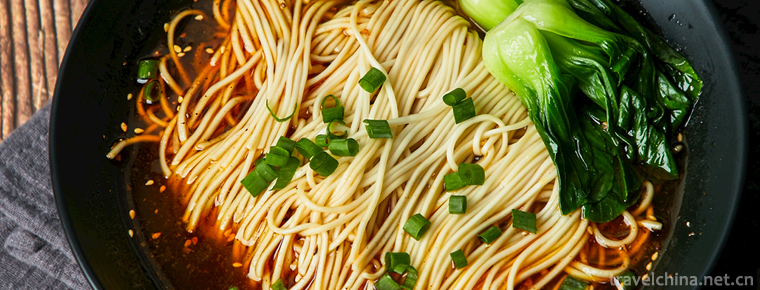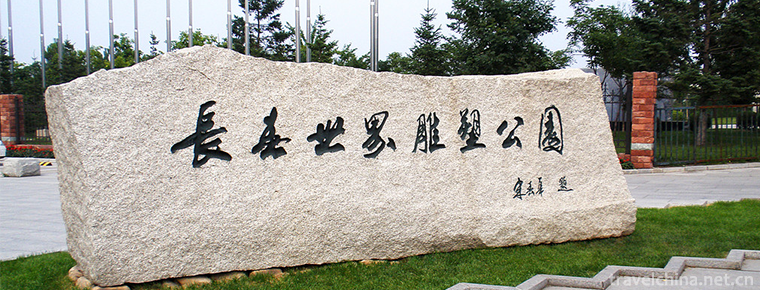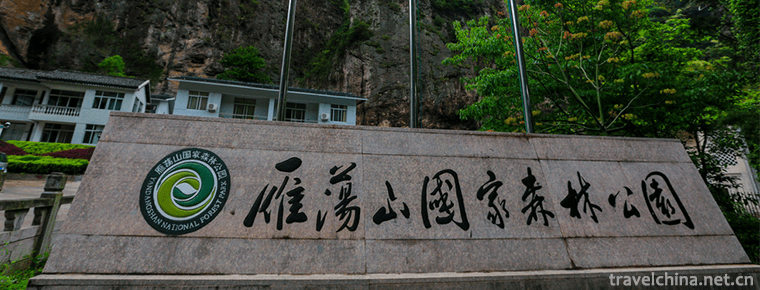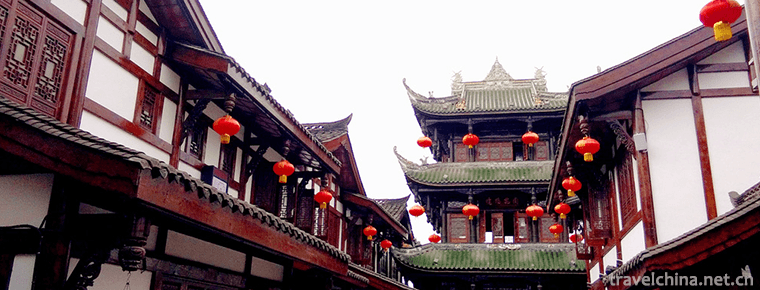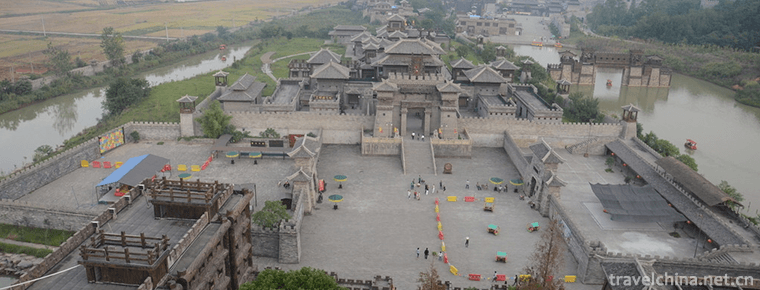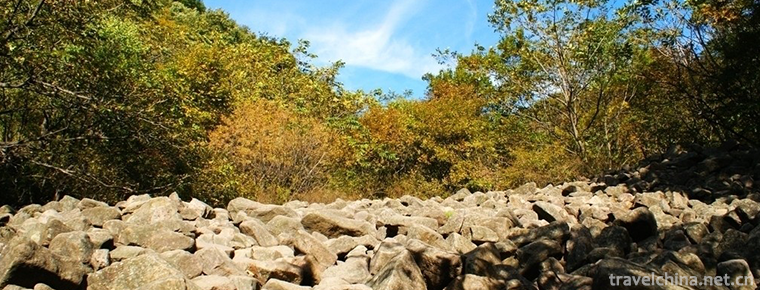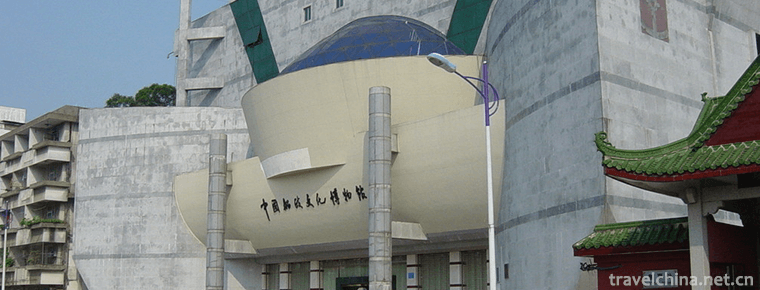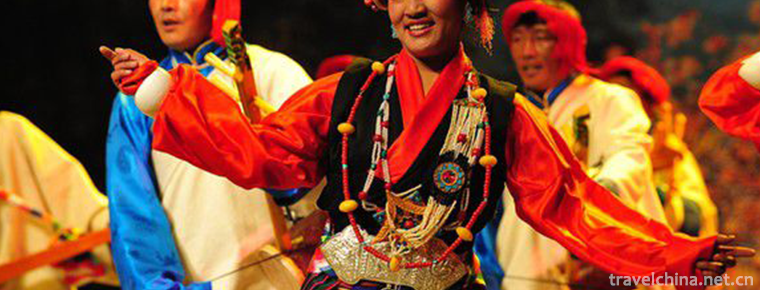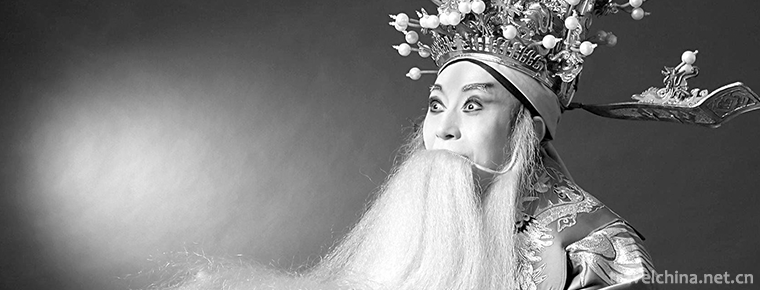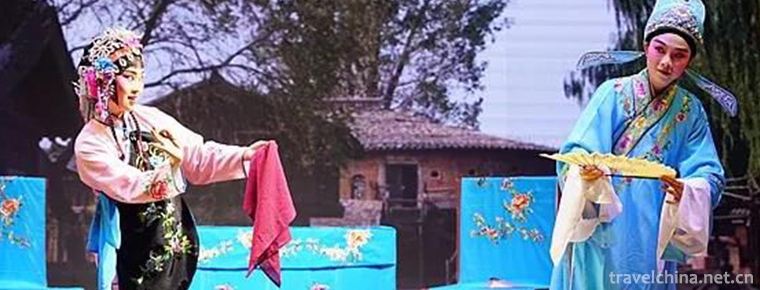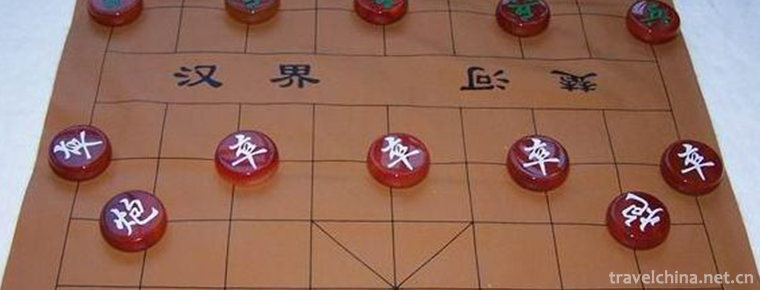Shahu Sand Lake tourist attraction
In 1996, Shahu Lake was listed as one of the 35 trump-card scenic spots in China. In 2000, Shahu Lake was designated as "National Civilized Tourism Scenic Spot" by the Central Office of Spiritual Civilization, the Ministry of National Construction and the National Tourism Administration. In 2007, Shahu Lake was first evaluated as "AAAAA" scenic spot by the National Tourism Administration.
Shahu Lake is located in Pingluo County, Shizuishan City, Ningxia. It is 26 kilometers from Shizuishan City and 56 kilometers from Yinchuan, the capital. The National Highway and the Baolan Railway pass by the lake, and the Beijing-Tibet Expressway goes directly to the Shahu Lake. The total area of the scenic spot is 80.10 square kilometers, including 45 square kilometers of water area and 22.52 square kilometers of desert area.
Shahu Lake, with natural landscape as its main body and sand, water, reed, bird and mountain as its five major scenic sources, constitutes a unique and beautiful landscape. It is a "Pearl on the Plug" that integrates the beautiful scenery of South China and the magnificent scenery of the outer part of the Yangtze River. It is known as a "rare" Cultural Tourist Resort with both the majestic desert and Gobi and the beautiful water countryside of the South of the Yangtze River. The 2008 China Yellow River Tourism Conference was named "50 Sceneries of the Yellow River in China". The best eco-tourism destination of China National Tourism in 2018.
Development history
Shahu tourist area was originally a saucer-shaped depression in the West Beach of Yinchuan Plain. As early as 407 AD, it had a record of reclamation and garrison.
In 1952, 5804 officers and soldiers of the First Agricultural Construction Division of the Chinese People's Liberation Army (PLA) established a state-owned advance farm, one of the earliest state-owned farms.
Shahu Lake covers an area of 45 square kilometers. Before it was developed into a tourist attraction, Shahu Lake was a fishing ground, rich in fish and birds. Fish and birds here are two interdependent links in the natural biological chain.
Development and construction began in 1989, and visitors were formally received in 1990.
In 1994, it was named "one of the 35 trump tourist attractions in China" by the National Tourism Administration.
In 2007, it was selected as the first 5A scenic spot by the National Tourism Administration.
In 2013, he was awarded the title of "Ten Charming Wetlands in China" by CCTV.
Shahu is located between Shizuishan City and Pingluo County, 26 kilometers from Shizuishan City and 56 kilometers from Yinchuan, the capital. The National Highway and the Baolan Railway pass by the lake, and the Beijing-Tibet Expressway goes directly to the Shahu Lake. The total area of the scenic spot is 80.10 square kilometers, of which the water area is 22.44 square kilometers and the desert area is 22.52 square kilometers. Shahu Lake, with natural landscape as its main body and five scenic sources of sand, water, reed, bird and mountain as its organic combination, constitutes a unique and beautiful landscape. It is a "pearl stuffed" that integrates the beautiful scenery of the south of the Yangtze River with the magnificent scenery of the outside of the fortress. It is located in the north latitude N38, 39, 27.97 and the east longitude E104, 04, 58.66.
climate
The northwest inland plateau of Shahu Lake is a typical continental semi-humid and semi-arid climate. The rainy season is mostly concentrated in June-September. It has the characteristics of long winter, short summer and summer, rare rain and snow, dry climate, strong wind and sand, warm in the South and north. Because the Shahu Lake is over 1000 meters above sea level, there is no heat in summer; the average temperature in January is below 8 0, and the extreme low temperature is below 22 0.
The most prominent characteristics of the climate in Shahu Lake are large diurnal temperature difference, long sunshine time and strong solar radiation. The diurnal temperature difference in most areas can generally reach 12-15 C. May-October is the best season for tourism.
Main attractions
International Sand Sculpture Garden
The International Sand Sculpture Garden was officially opened on August 11, 2002. It is the competition venue of all previous Sand Lake International Sand Sculpture Competitions. Sand sculptors from the United States, France, Russia and other countries compete here. Up to now, Shahu has successfully held the 10th Sand Sculpture Competition, which has made many sand sculptors at home and abroad. It's amazing to carve with impossible materials, but it's even more amazing to carve the fine sand of "scattered sand plate" into different shapes, shapes and magnificent works.
Chairman Mao's Statue of Zhang Museum
In the Mao Zedong Statue Museum on the South Beach, there are 200,000 pieces of Mao Zedong Statue Statues collected by collector Yang Weifu, and more than 30 kinds of material stamps, including gold, silver, copper, iron, aluminium and wood made in 29 provinces, municipalities and autonomous regions of China during the "Cultural Revolution", as well as a series of stamps and thematic stamps. Mao Zedong's Statue is the essence of Chinese Statue Art, the treasure of the world's badge art, known as the Ninth Wonder of the world.
Bird Observatory
The Shahu Bird Observatory is located in the eastern wetland of Shahu Lake. It integrates wetland and bird ornamental, monitoring and protection functions. There are bird exhibition halls, bird clinics, bird research rooms and bird observation points in the station. These facilities and means are used to provide more accurate and detailed first-hand information for the study of the ecological environment protection of the Yellow River Golden Bank Wetland.
In the bird observation station, not only can we use bird-watching equipment to clearly watch and photograph the vivid scene of "crane dancing and birds flying" in the wetland reeds, but also can show the original life of birds to the world through remote video and live webcasting, so as to arouse the public's awareness of protecting wetland and protecting birds.
Agricultural Reclamation Museum
In December 1950, the officers and soldiers of the First Division of Agricultural Construction of the Chinese People's Liberation Army were ordered to stationed in Ningxia, casting swords for ploughs, reclaiming and garrisoning frontiers, thus opening the prelude to the construction of Ningxia's agricultural reclamation cause in an all-round way. As one of the important forces in China's agricultural reclamation, Ningxia Agricultural Reclamation not only inherited the spirit of "pioneering and pioneering hard", but also opened a new era in the history of Ningxia Reclamation. Make the vast Gobi into fertile soil, saline desert into a "bunker". Agricultural industry shows vigorous vitality, economic and social development in an all-round way, farming and reclamation culture is heavy and simple...
The Ningxia Museum of Agricultural Reclamation is an artistic palace to display the historical culture of agricultural reclamation and the development level of modern agricultural reclamation. In August 2008, Ningxia Agricultural Reclamation Museum, as the opening ceremony of Beijing Olympic Games and Ningxia 50th Birthday, was the first industry Museum at the autonomous region level in Ningxia. Its completion marks a new milestone in the development of Ningxia industry museum. This Pavilion is vigorous and solemn, integrating national tradition, local characteristics and the spirit of farming and reclamation. It is nestled in the national 5A class scenic spot of Shahu Eco-tourism Zone. The exhibition hall covers an area of 1,800 square meters and has more than 2,000 collections of physical objects. It contains all kinds of physical objects and materials from the initial stage of Ningxia agricultural reclamation to the current reform and development. It spans half a century.
Ningxia Agricultural Reclamation Museum, as a pioneer of Ningxia Industry Museum, combines the functions of collection, preservation, publicity and education organically. With its unique display, beautiful environment, excellent service, excellent order and unique charm, it shows the historical achievements of agricultural reclamation culture to all walks of life from various angles and sides, and attracts many visitors to visit and inspect agricultural reclamation culture. One of the windows to disseminate China's agricultural reclamation and Ningxia's excellent culture, this cultural palace, which gathers the essence of Ningxia's agricultural reclamation, is telling mankind the hardship and brilliance of national entrepreneurship with a new look full of vitality and vitality.
Agricultural reclamation has turned the vast Gobi into fertile soil, and saline-alkali desert into a "bunker". The Ningxia Museum of Agricultural Reclamation shows the pioneering and pioneering deeds of the farmers in Ningxia under extremely difficult conditions. By using modern scientific and technological means such as sound, light and electricity, the glorious 60-year course of farming and reclamation is displayed in the order of history, and the scenes of farmer's work and amateur life in Ningxia at that time are reproduced. The exhibition content is divided into seven parts: preface, reclamation and border garrison, reform and innovation, leadership care, brilliant achievements, prospects for the future and concluding remarks. If you want to know about China and Ningxia's farming and reclamation business yesterday, today and tomorrow, and if you want to know more about the amazing feats of changing the world, Ningxia Agricultural Reclamation Museum will take you into Ningxia's farming and reclamation 50 years, into the frustrations and hardships experienced by Ningxia farmers, create miracles and make great contributions to the overall development of the country's economy and society.
Wetland Museum
Ningxia
Wetland Museum opened on October 29, 2010. It is a museum with the main content
of popularizing wetland knowledge and bird exposition, the main line of
exhibition is wetland, the focus is sand lake, and the theme of harmony and
unity of nature, society and people.
The Ningxia Wetland Museum takes reeds, birds, water and sand as its design elements, adopts the main shape of "sand dunes", combines sound, light, electricity and image technology, and organically combines wetland knowledge, wetland biology, wetland culture, the relationship between wetland and human beings, popular science research, collection and exhibition, entertainment and tourism services.
Shahu Bird Island
Bird Island is located in the wetland of East Lake, which is the most concentrated area of birds in Shahu Nature Reserve. It inhabits 178 species of birds belonging to 17 orders, 44 families and more than 1.5 million species. Among them, there are five species of birds, including the first-class protected bird Great Bustard, the Chinese Autumn Sand Duck, the Black Stork, the White-tailed Sea Carving and the Golden Carving. There are five species of birds, such as the big swan, the small swan, the mandarin, and so on, and 24 species of key protected animals in Ningxia Hui Autonomous Region. Shahu Bird Island is not only a popular science base for Shahu birds, but also a rescue station for birds. It is also the largest breeding place for Herons in Ningxia.
In order to facilitate visitors'close-range bird watching activities and participate in bird-loving and bird-protecting activities, the bird-watching platform on the east side of Bird Island was renovated and expanded in the Shahu scenic spot in 2013. Construction of bird-watching hydrophilic corridor more than 300 meters, circular corridor 100 meters, two walkways, on the original basis to expand the viewing platform, the corridor fence decorated with environmental protection wood, the top of the corridor paved with environmental protection mats, reeds. At the same time, five bird-watching devices are added, which can clearly watch and shoot the vivid scenes of "crane dancing and birds flying" in wetland reeds. Through remote camera and live network broadcasting system, the primitive life of birds is displayed to the world, providing a best bird-watching platform for birds and popular science fans, and arousing the public's awareness of protecting wetland and protecting birds.
Tourism information
Ticket Price
The basic cost of Shahu Lake is composed of admission ticket and ship ticket. Only by boat can we enter the core area and the project area.
1. Opening hours:
Summer 8:00 a.m. - 18:00 p.m.
Autumn and winter 8:30 a.m. to 17:30 p.m.
2. Tickets: 60 yuan per person in peak season and 40 yuan per person in off season. (Including insurance and return battery car fees; free visits to the Agricultural Reclamation Museum, Wetland Museum and Chairman Mao's Statue Hall; free viewing of the performance of "Return Wedding", face change, birds, tea art performances, sea lion performances)
Specific time: peak season is April 01-October 31
The off-season is November 01-March 31, the following year
3. Tickets:
Shahu cruise line is divided into straight line and bird island line. The annual International Bird Watching Festival makes the bird island line a fine tour route to visit Shahu Lake.
Large ship straight line 70 yuan per person
Yacht straight line 150 yuan per person
Yacht Bird Island 200 yuan per person
150 yuan per person on Bird Island
4. Tour Guide Service Expenses
1-5: 80 yuan per regiment
6-10: 100 yuan per regiment
10-15: 120 yuan per regiment
15-30: 150 yuan per regiment
More than 30 people: 180 yuan per regiment
Traffic
1. Travel guide: Yinchuan Qinghejie Beimen Tourist Bus Station takes Shahu Tourist Line or Yinchuan-Dawukou Intercity Bus. Under the Shahu scenic spot, the fare is 15 yuan. It runs every half hour in summer. The earliest one runs at 8:30 a.m. and the latest one runs at 18:12 p.m.
2. Self-driving Guidelines:
Yinchuan Direction: Shangqinghe Street or Lijing Street, northward to Helanshan Road, through Yinchuan North Toll Station, on the highway, pay attention to the Shahu exit under the highway, along the newly built Landscape Avenue directly to the Shahu Scenic Area, the journey is about 40 minutes. Dawukou direction:
Shahu Lake is located 26 kilometers south of Dawukou. It is located on Shangsha Lake Avenue in downtown Dawukou. It goes all the way south to the scenic spot of Shahu Lake. 3. High-speed toll: The toll of Yinchuan-Shahu Expressway is 11 yuan.
Parking lot: There are two large parking lots on both sides of the gate of Shahu scenic spot, with a total of 5000 parking spaces. On the south side of the highway, there is another ecological parking lot with 200 parking spaces.
5. Gas stations: There are three gas stations in the north of Yinchuan, Helan County and Shahu Service Area on the expressway section, and there are gas stations 300 meters northeast of Housha Lake Scenic Area Square on the lower expressway.








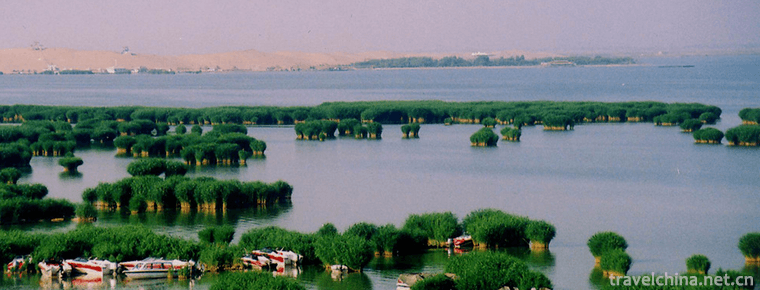
-
Baiyun Mountain
located in Baiyun District of Guangzhou City, Guangdong Province.
Views: 163 Time 2018-10-12 -
Chongqing small noodles
Chongqing small noodles is one of the four characteristics of Chongqing.
Views: 281 Time 2018-10-12 -
Changchun World Sculpture Park
Changchun World Sculpture Park is located in the south of Renmin Street in Changchun City. It covers 92 hectares, including 11.8 hectares of water. .
Views: 199 Time 2018-12-05 -
Yandang Mountain Scenic Spot
Yandang Mountain, the first batch of national key scenic spots, has the titles of "Sanitary Mountain, Safe Mountain, Civilized Mountain", National Civilized Scenic Spot, National AAAAA Touri.
Views: 190 Time 2018-12-07 -
The AncientCity of Lang Zhong
Langzhong Ancient City is a national AAAAA-level tourist attraction, a thousand-year-old county, the hometown of Chinese Spring Festival culture, one of the four ancient cities in China..
Views: 165 Time 2018-12-12 -
Chibi ancient battlefield
The ancient battlefield of Chibi in the Three Kingdoms, where the battle of Chibi took place, is located on the South Bank of the Yangtze River in the northwest of Chibi City, Hubei Province.
Views: 392 Time 2018-12-12 -
Limutai Natural Scenic Area
Limutai Natural Scenic Spot is located at the northernmost end of Tianjin, known as "Tianjin Arctic". In the scenic area, the peak forest and canyon are strong and dangerous.
Views: 171 Time 2019-01-29 -
Mawei Shipping Museum
The Mawei Shipbuilding Cultural Heritage Group in Fuzhou is centered on the Chinese Shipbuilding Cultural Museum, including Zhongpo Battery, Zhaozhong Temple, British Consulate.
Views: 205 Time 2019-02-06 -
Definite day harmonics
Dingriluo Harmony Dingriluo Harmony, the second batch of national intangible cultural heritage list of the People's Republic of China. It is the main form of folk singing and dancing in Dingri County.
Views: 184 Time 2019-04-27 -
Qin opera
Qin Opera, also known as Bangzi Opera, is a traditional drama in Northwest China and one of the national intangible cultural heritage..
Views: 210 Time 2019-06-10 -
Shouning North Road Drama
Shouning North Road Opera, commonly known as Fujian Random Bomb and Hengshao Opera, came into being after Random Bomb entered Fujian in the mid-Qing Dynasty, such opera troupes as road work, off-road .
Views: 139 Time 2019-06-15 -
Chess Xiangqi
Chess, also known as "Chess", Chinese chess (English name Chinese chess), Chinese traditional chess puzzle game, has a long history in China, belongs to a two-person confrontational game, be.
Views: 162 Time 2019-07-06

